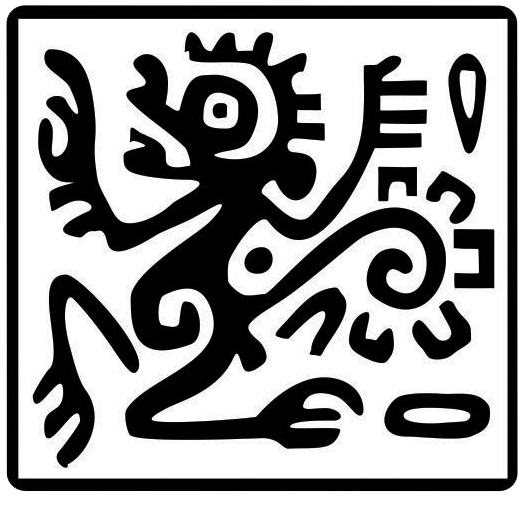New records of small mammals in American barn owl, Tyto furcata pellets from southeastern Ecuador
Abstract
Owl pellet analysis is an efficient alternative for assessing small mammal community composition. In Ecuador previous analyses exist of American barn owl, Tyto furcata, pellets from the Pacific lowlands and Interandean valleys, underlining high rodent consumption. We describe for first time, the diet of T. furcata in the southern Amazonian region of Ecuador, highlighting the abundance and distribution of prey mammals. We collected pellets of a T. furcata in the town of Paquisha; located in the western foothills of the mid-Nangaritza River basin of the Cordillera del Cóndor. We disaggregated the pellets, separated bones structures such as skulls and pairs of mandibles to estimate the minimum number of prey individuals. We identified prey using taxonomic keys and by comparison with museum reference material. We found principally small mammals as prey: 2 Didelphidae and 5 Cricetidae. Delicate long-tailed mouse, Oligoryzomys delicatus, constitutes the southernmost record of its distribution; Bishop’s slender opossum, Marmosops bishopi, is the species’ first record in Zamora Chinchipe province. Yungas grass mouse, Akodon aerosus, and O. delicatus were the most abundant prey, so we can suggest that they are both common in this locality. Owl pellets analysis of T. furcata was efficient to record small mammal diversity in this previously poorly researched area. Skulls found increase museum material, poorly represented for some species and also in the province. Finally, we highlight T. furcata as a predator of these small mammals, an important aspect of the species’ natural history and of its prey.
Copyright (c) 2023 Therya Notes

This work is licensed under a Creative Commons Attribution-NonCommercial-NoDerivatives 4.0 International License.
THERYA NOTES is based on its open access policy allowing free download of the complete contents of the magazine in digital format. It also authorizes the author to place the article in the format published by the magazine on your personal website, or in an open access repository, distribute copies of the article published in electronic or printed format that the author deems appropriate, and reuse part or whole article in own articles or future books, giving the corresponding credits. The Creative Commons CC BY-NC-SD license is used.![]()










